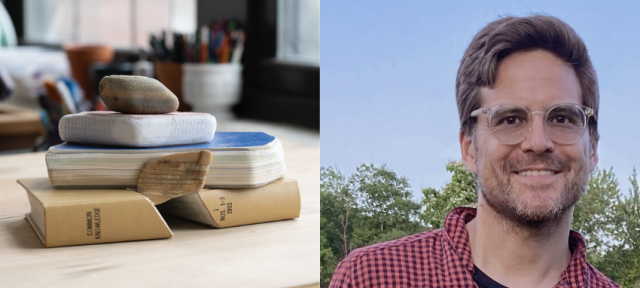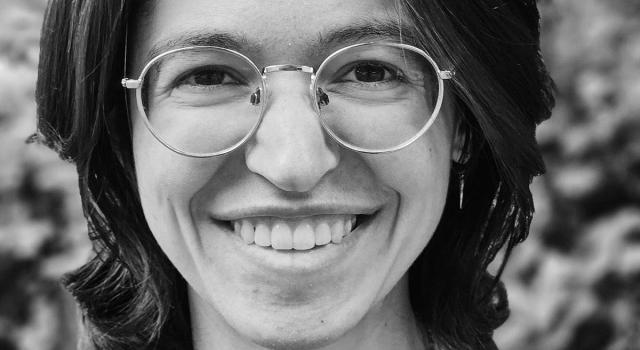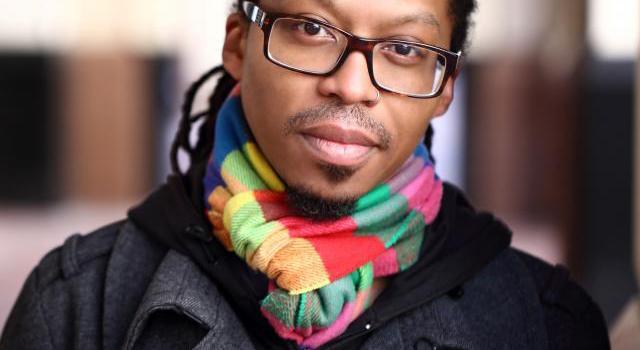Introducing Jonathan Lash–Endowed Chair Professor of Environmental Education and Sustainability Andrew S. Yang

Hampshire College is pleased to welcome a substantial cohort of new professors to campus to support its growing enrollment.
Among them is Andrew S. Yang, whose teaching spans environmental studies, ecological art, and expanded natural history with a focus on cross-disciplinary approaches. Professor Yang’s appointment is integral to the College’s transdisciplinary approach to faculty hiring that focuses on bringing together different fields and disciplines in support of key areas of student inquiry.
Yang comes to us from the School of the Art Institute of Chicago, where he was professor of liberal arts. Previously, Yang was a visiting professor at Lesley University, artist-in-residence/visiting associate at Yale-NUS College, in Singapore, and visiting scholar at the Max Planck Institute for the History of Science, in Berlin.
He joins the College as Jonathan Lash–Endowed Chair in Environmental Education, a professorship founded by the Board of Trustees and the Academic Affairs Division to honor the legacy of service to the environmental movement of Hampshire’s sixth president, Jonathan Lash.
What is your academic background?
I earned a B.S. in chemistry/molecular biology from Juniata College, an M.F.A. in visual arts from the Lesley University College of Art and Design, and my doctorate in biology from Duke University. I was a long-time faculty member at the School of the Art Institute of Chicago and a research associate at the Field Museum of Natural History, also in Chicago.
What are you passionate about when it comes to teaching?
Making connections — across our ideas, ecologies, and communities.
Tell us about your work.
I work across the visual arts and natural sciences to explore our ecological entanglements at a time of profound planetary change through teaching, writing, and expanded research. My projects, which have been exhibited from Oklahoma to Yokohama, are often site-specific and examine the natural and cultural history of a place and how it connects to our wider, rapidly changing worlds.
For example, Flying Gardens of Maybe examines the intersection of bird migration, urban architecture, and seed dispersal in Chicago and Washington, D.C. Exhibitions I’ve curated, like Earthly Observatory (at the School of the Art Institute of Chicago) and Making Kin — Worlds Becoming (for the Center for Humans and Nature), share the work of artists and scientists engaging the complexities of naturalcultural change. [The Wiley Online Library defines natureculture as “a synthesis of nature and culture that recognizes their inseparability in ecological relationships.”]
My research and writing have been published in Leonardo, Art Journal, Biological Theory, Current Biology, and the Routledge Handbook of Art, Science, and Technology Studies, among other publications.
What are you looking forward to at Hampshire and how do you hope to be involved with our new curricular model?
So much — exploring the campus woods, farm, library, and becoming a part of the learning community.
This year, I’ll be the faculty coordinator for the Environments and Change Learning Collaborative and will teach courses such as Food Futures and Knowing Nature: World to Planet, which aim to engage with Hampshire’s exciting curricular model of urgent challenges.



